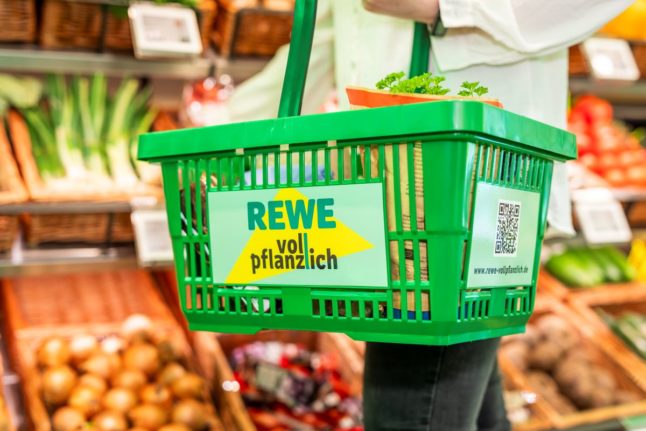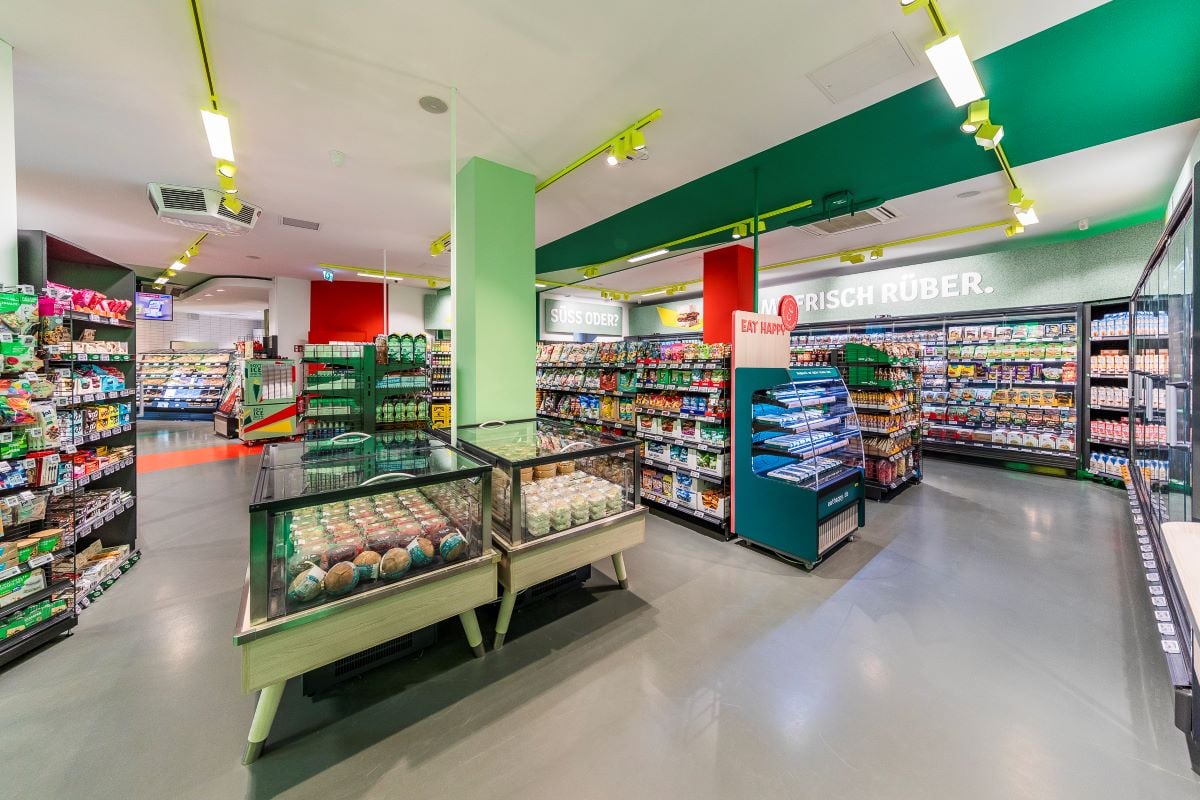How is immigration influencing population changes in the pandemic?
At the end of 2021, around 83.2 million people lived in Germany – that’s 0.1 percent or 82,000 more than at the end of the previous year.
The development was mainly due to an increase in net immigration, said the Federal Statistical Office (Destatis). Around 317,000 more people came to Germany than left in 2021.
Initially, the statistics office predicted that the German population would see a stronger stagnation in 2021.
It comes after net immigration decreased significantly in the first pandemic year. Since reunification, the number of people living in Germany has mostly grown. However, in 2020, Germany’s population stayed the same for the first time since 2011.
Destatis said that the the number of people immigrating from abroad to Germany was down by 24 percent in 2020, while the number of people emigrating from Germany was down 22 percent year on year.
They said changes in migration patterns were particularly significant among young adults aged 18 to 22.
It means that the number of immigrants who came to Germany in 2021 was almost at pre-pandemic levels. At the end of 2019, net immigration stood at 327,000 people.
At the same time, the excess of deaths over births in Germany continued to rise in 2021 to 228,000 (2020: 212,000).
Germany’s population figures are calculated using data on registered births and deaths as well as from the arrivals and departures reported to the statistical offices by authorities.
Experts say the stats can change as more information becomes available.
What else do we know about the German population?
At the end of 2021, 72.3 million people with German citizenship, and 10.9 million people with foreign citizenship lived in Germany.
The proportion of foreigners in the total population increased from 12.7 to 13.1 percent compared to the previous year.
As in the previous year, the number of older people continued to rise in 2021. The group aged 60 and over saw an increase of 341,000 people to 24.4 million (+1.4 percent). And the very elderly aged 80 and over rose sharply to 6.1 million (+175 000 or +3.0 percent) people.
The number of senior citizens between 60 and 79-years-old was 18.3 million at the end of 2021 (+166 000 persons or +0.9 percent). At the same time, the number of people aged 20 to 59 fell to 43.4 million (-358 000 persons or -0.8 percent). In contrast, the number of children and young people under 20 increased by 99,000 or 0.6 percent to 15.4 million.
The average age of the German population increased slightly by 0.1 years to 44.7 years.
What’s the situation in different parts of Germany?
Population development in 2021 varied from region to region: in absolute terms, the population in Bavaria increased the most with an increase of about 37,000 people, followed by Lower Saxony (+24,000) and Baden-Württemberg (+22,000).
In percentage terms, Schleswig-Holstein and Berlin (+0.4 percent each) had the highest increases in population. There were also population losses in Bremen, Thuringia, Saxony-Anhalt, Saxony, Saarland and North Rhine-Westphalia.
The below table shows the population changes in German regions.

Overall, the western German states (excluding Berlin) recorded a population increase of 98,000 people to 67.1 million. Although this increase was significantly higher than in 2020 (+24,000), it was still below the level before the outbreak of the Covid pandemic in 2019 (+144,000).
In eastern Germany (excluding Berlin), the population continued to decline (by 30,000), and stood at 12.5 million at the end of the year.
Vocabulary
Immigration – (die) Zuwanderung
Population – (die) Bevölkerung
Increased/grown – gewachsen
Previous year – (der) Vorjahr
We’re aiming to help our readers improve their German by translating vocabulary from some of our news stories. Did you find this article useful? Let us know.




 Please whitelist us to continue reading.
Please whitelist us to continue reading.
Member comments